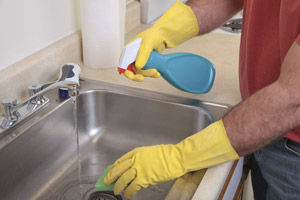Clogged drains are a common issue faced by many homeowners. If not addressed promptly, they can lead to slow water drainage, foul odors, and even severe plumbing problems. Traditional methods, such as using chemicals or a plumber’s snake, can sometimes be insufficient in removing tough blockages or reaching areas deep within your plumbing system. That’s where hydrojetting services come in: a powerful and effective method of removing stubborn blockages and cleaning your drains thoroughly.
Our team of skilled professionals at D&F Plumbing, Heating and Cooling is well-versed in hydrojetting services, offering a reliable and efficient solution to homeowners in Portland, OR, and surrounding areas. Equipped with state-of-the-art tools, expertise, and a commitment to customer satisfaction, our technicians can swiftly and effectively address your clogged drains and ensure smooth water flow throughout your plumbing system.
Understanding the Hydrojetting Process
Hydrojetting is an advanced drain cleaning technique that utilizes high-pressure water to clear tough clogs, built-up debris, and even tree roots within your plumbing system. The process involves the following steps:
- Inspection: Our technicians begin by inspecting your drainage system with a specialized camera to determine the location and nature of the blockage, ensuring the appropriate hydrojetting solution is applied.
- Preparation: We insert a hose connected to a specialized nozzle into the affected drain or sewer line. The nozzle is designed to release powerful jets of water in multiple directions, effectively clearing debris and buildup from the pipe’s interior walls.
- Hydrojetting: Our skilled technicians control the high-pressure water flow, expertly navigating the hose through your drain or sewer line. As the water jets dislodge debris, built-up sediment, and blockages, the pressure carries the waste out of the plumbing system, leaving your pipes clean and obstruction-free.
Benefits of Hydrojetting Over Traditional Methods
Hydrojetting offers several advantages over traditional methods of drain cleaning, making it a preferred choice for addressing stubborn or chronic blockages:
- Effectiveness: The powerful water pressure used in hydrojetting can break up and remove even the toughest clogs, including those caused by grease, sludge, or invasive tree roots. Traditional methods like plungers or drain augers may be less effective in these cases.
- Thoroughness: Hydrojetting doesn’t just unblock your pipes; it thoroughly cleans the pipe interiors, preventing residue buildup and reducing the likelihood of future clogs.
- Environmental Friendliness: Unlike chemical drain cleaners, hydrojetting doesn’t introduce harmful chemicals into your plumbing system, making it a more eco-friendly option for maintaining your drains.
- Versatility: Hydrojetting can clear blockages in various pipe sizes and materials, making it a suitable solution for residential and commercial plumbing systems.
Situations Where Hydrojetting is Most Effective
While hydrojetting is an excellent option for many drain cleaning scenarios, it is particularly beneficial in the following cases:
- Grease and Sludge: Common in kitchens, grease, and sludge buildup can be challenging to remove with traditional methods. Hydrojetting cuts through and liquefies the grease, allowing the high-pressure water to flush it away.
- Tree Root Intrusion: Tree roots can infiltrate your sewer lines, restricting water flow and causing severe blockages. Hydrojetting is powerful enough to break up and remove tree roots, freeing your pipes and preventing damage.
- Chronic Clogs: If your plumbing system suffers from recurring clogs, hydrojetting offers a thorough, long-lasting solution. By cleaning the interior walls of the pipes, hydrojetting prevents residue buildup and minimizes the chances of future blockages.
When to Rely on Professionals for Hydrojetting Services
While hydrojetting can be an effective drain-cleaning solution, it’s crucial to leave this process in the hands of trained professionals for several reasons:
- Expertise: Our technicians possess the knowledge and experience necessary to navigate the hydrojetting process safely and efficiently, ensuring the best possible results for your plumbing system.
- Equipment: Hydrojetting requires specialized tools and equipment, which our D&F Plumbing, Heating and Cooling team always has on hand.
- Safety: In the wrong hands, hydrojetting can cause damage to your pipes or lead to injury. Our professionals know how to carefully manage water pressure and maintain control throughout the process, safeguarding both you and your plumbing system.
Conclusion
Keeping your drains clean and functioning efficiently is essential for a comfortable and healthy household. With the hydrojetting services provided by our expert technicians at D&F Plumbing, Heating and Cooling, you can ensure your plumbing system remains free of stubborn blockages, promoting smooth water flow and avoiding costly repairs. Contact us today to learn more about our comprehensive drain cleaning services in Beaverton, OR, and let our skilled professionals help you maintain an efficient and hassle-free plumbing system in your home.
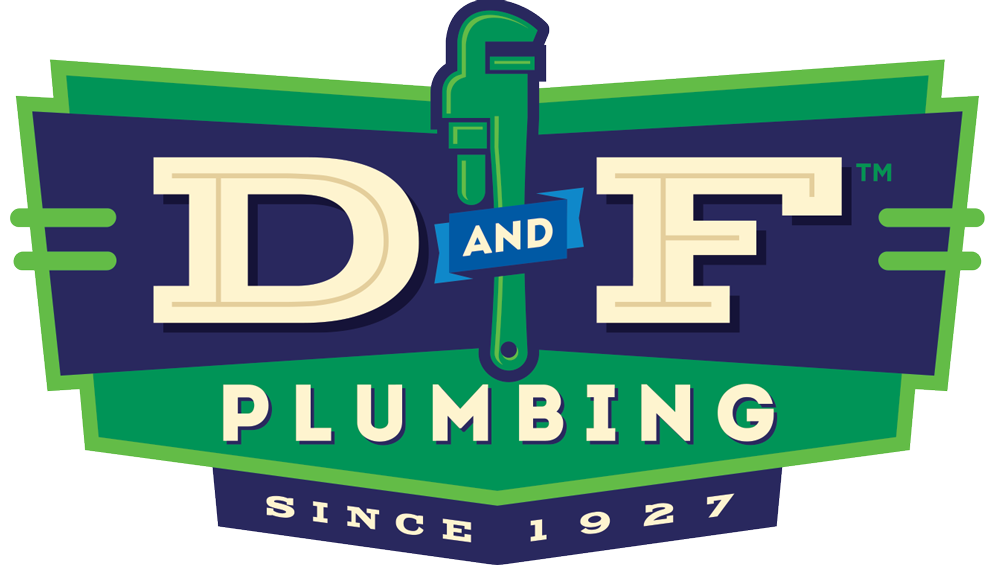
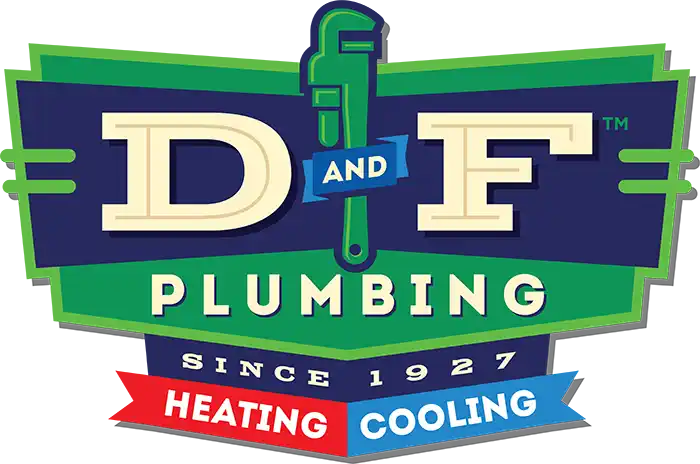
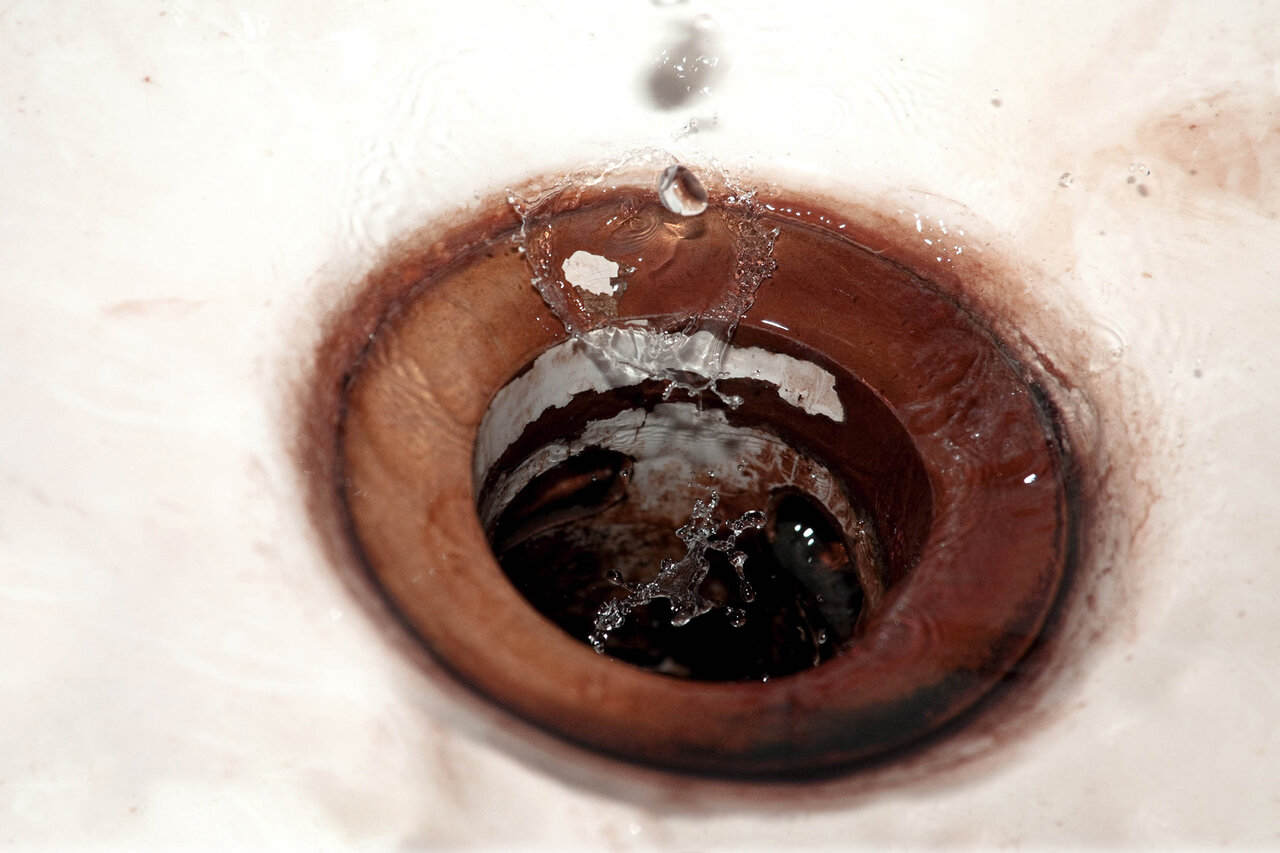
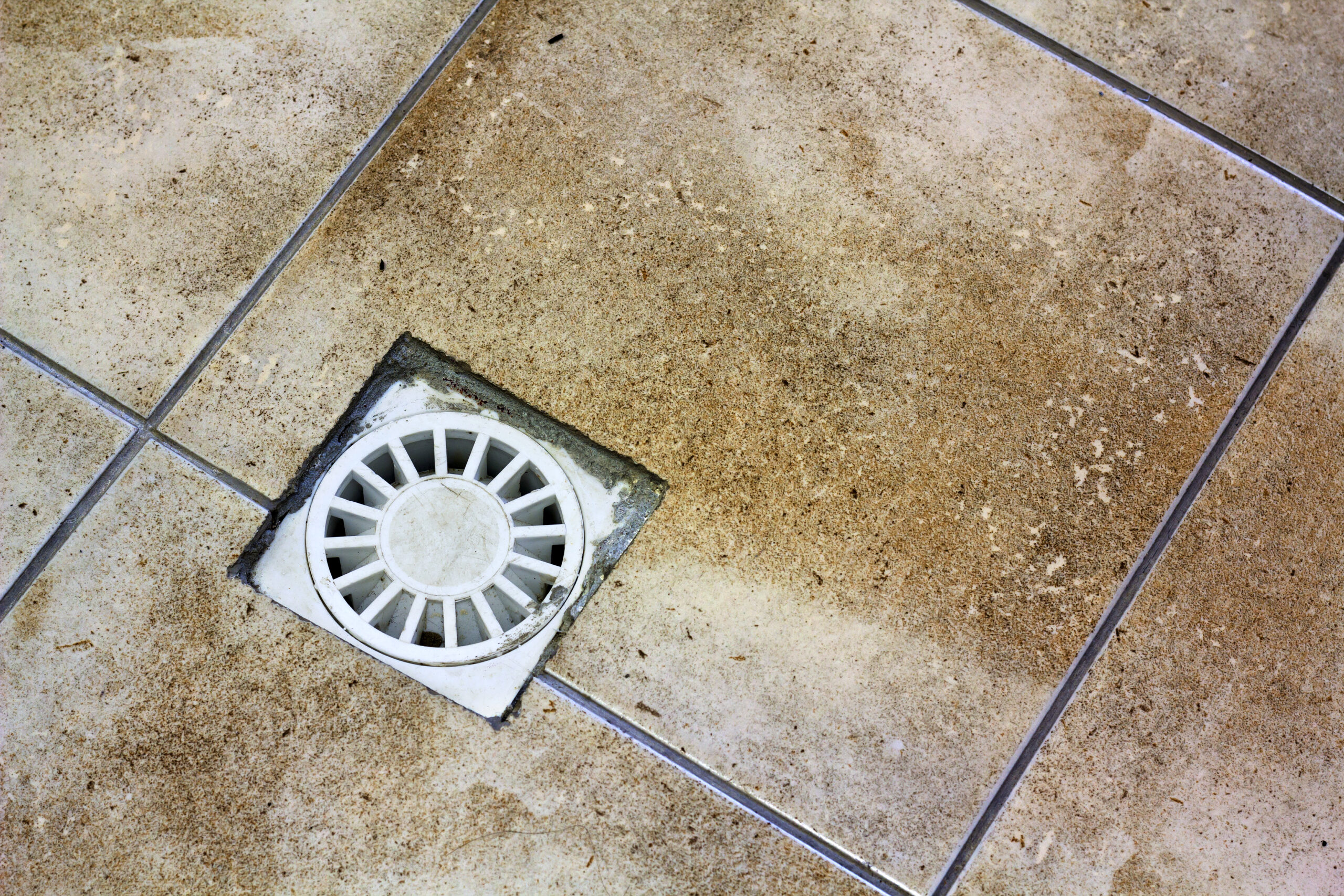
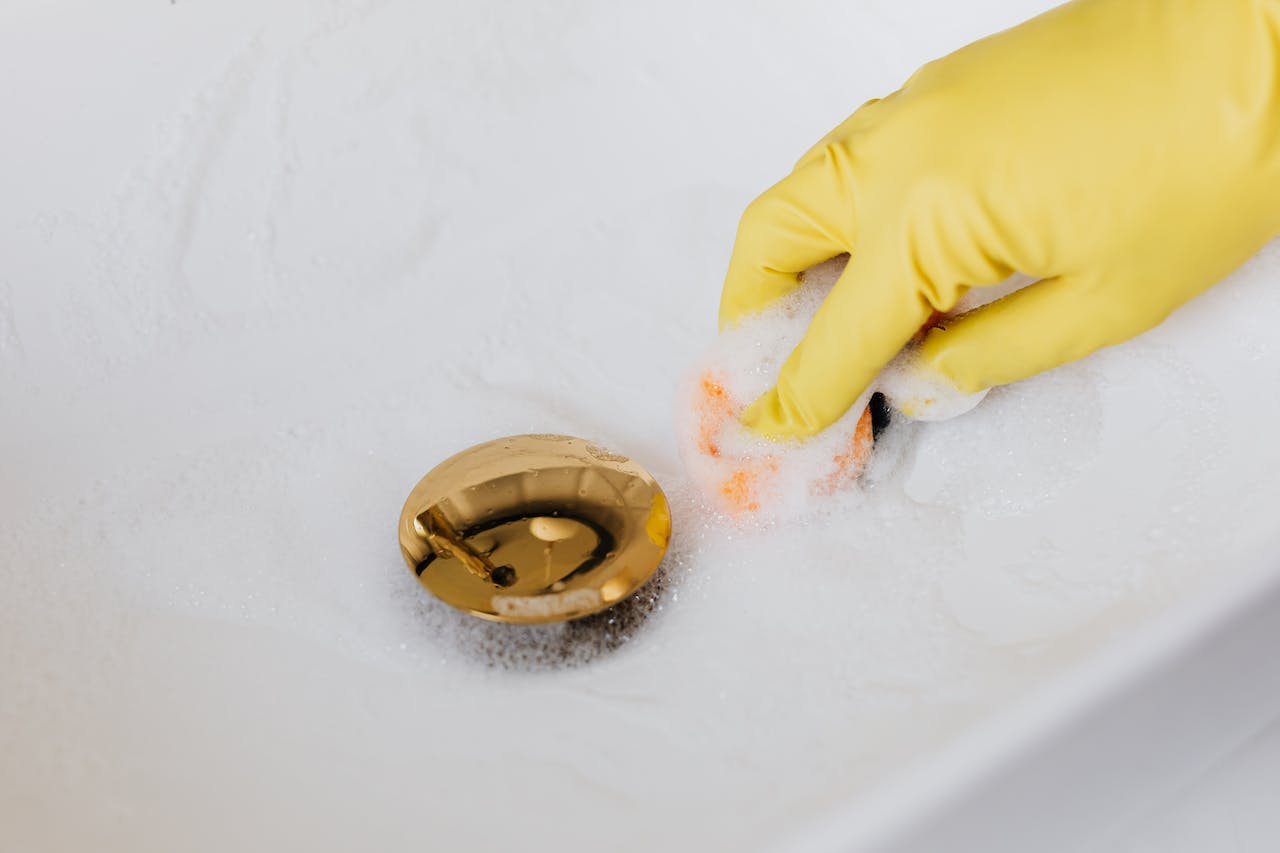

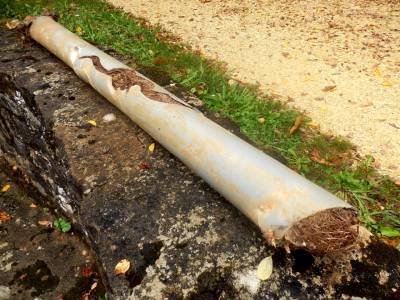
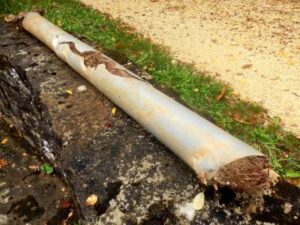 Here in the Pacific Northwest, we like to think of trees as our friends and neighbors. After all, like a dear friend, they’re always there for you, and they give great hugs. But did you know that the trees in your yard may be plotting against you? It’s true. Oh, they might look like they’re innocent, but deep down they want nothing more than to sneak into your pipes and turn your plumbing system into their drinking straw.
Here in the Pacific Northwest, we like to think of trees as our friends and neighbors. After all, like a dear friend, they’re always there for you, and they give great hugs. But did you know that the trees in your yard may be plotting against you? It’s true. Oh, they might look like they’re innocent, but deep down they want nothing more than to sneak into your pipes and turn your plumbing system into their drinking straw. 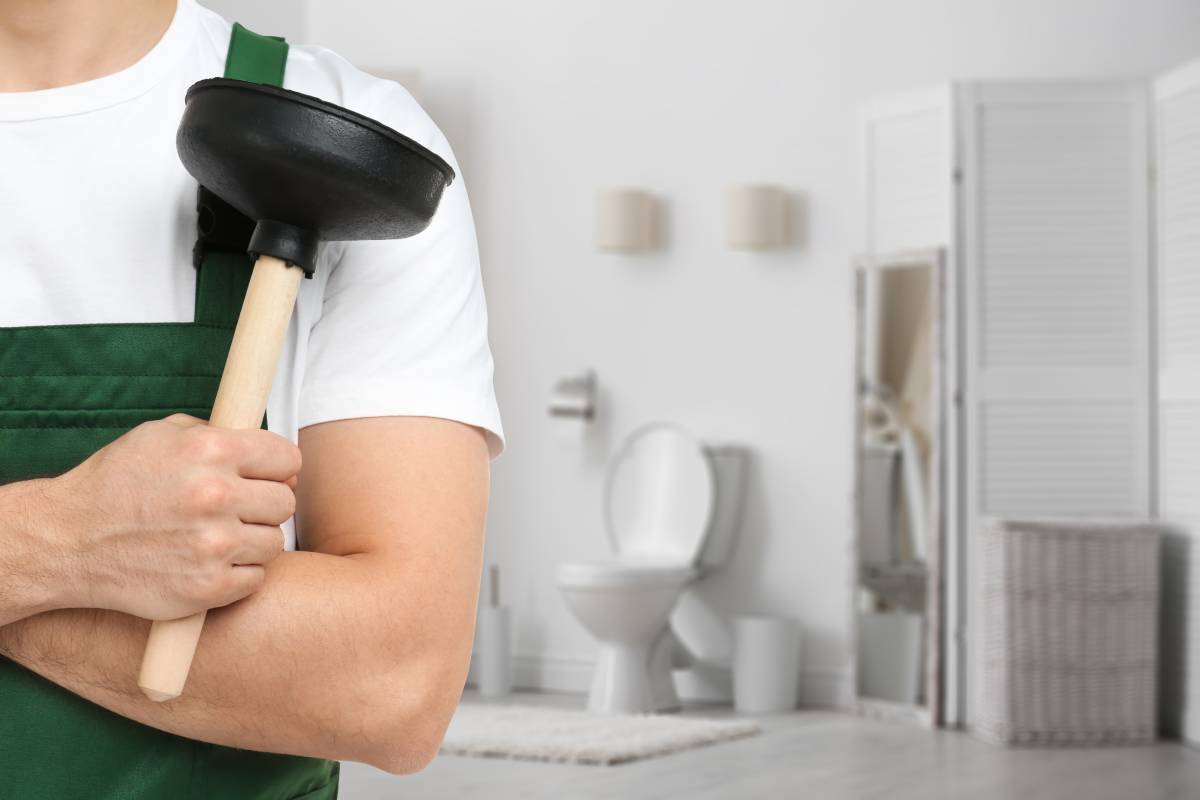
 Everyone looks forward to Black Friday shopping deals. But plumbers have an entirely different experience on the Friday after Thanksgiving!
Everyone looks forward to Black Friday shopping deals. But plumbers have an entirely different experience on the Friday after Thanksgiving!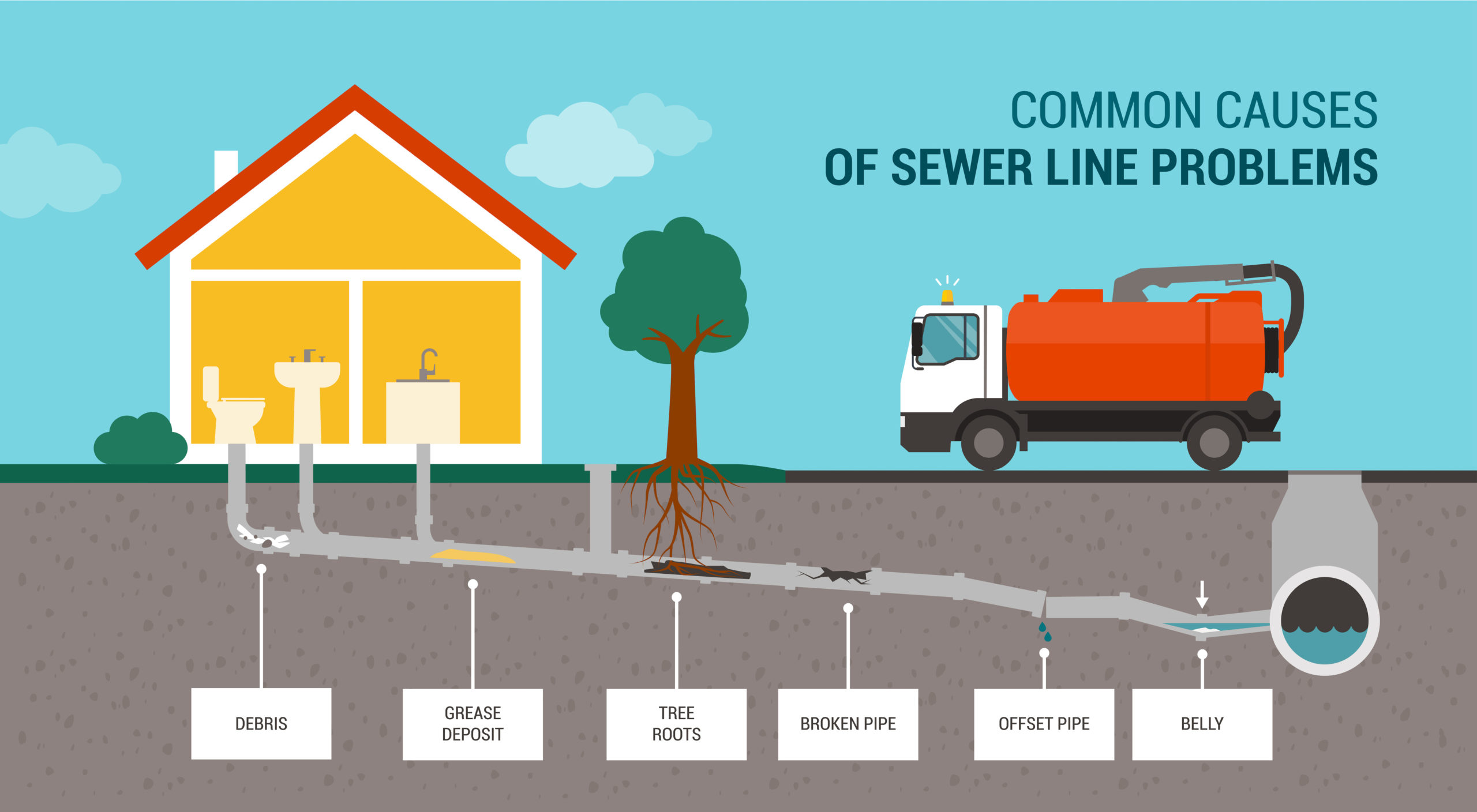
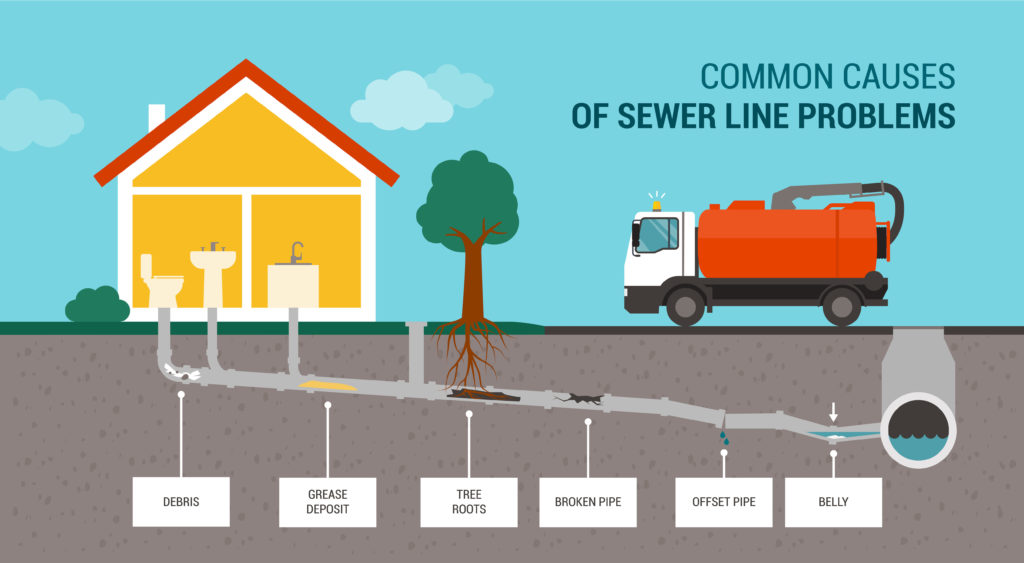
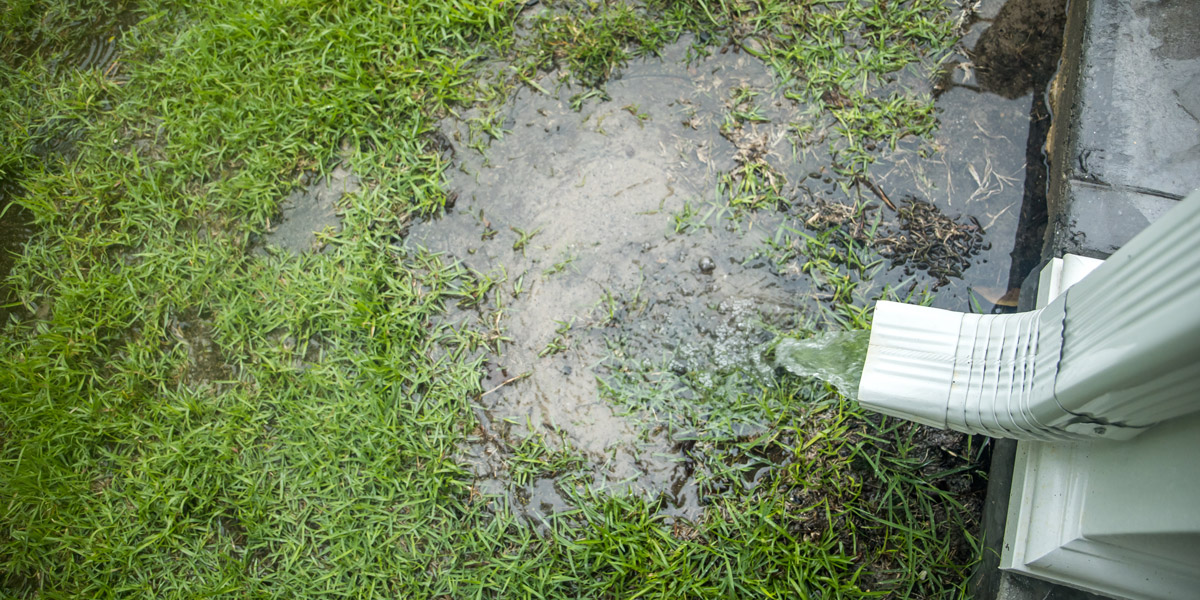
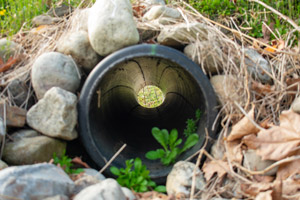

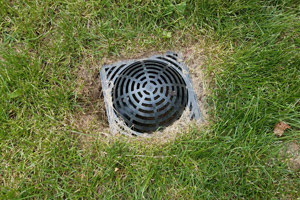
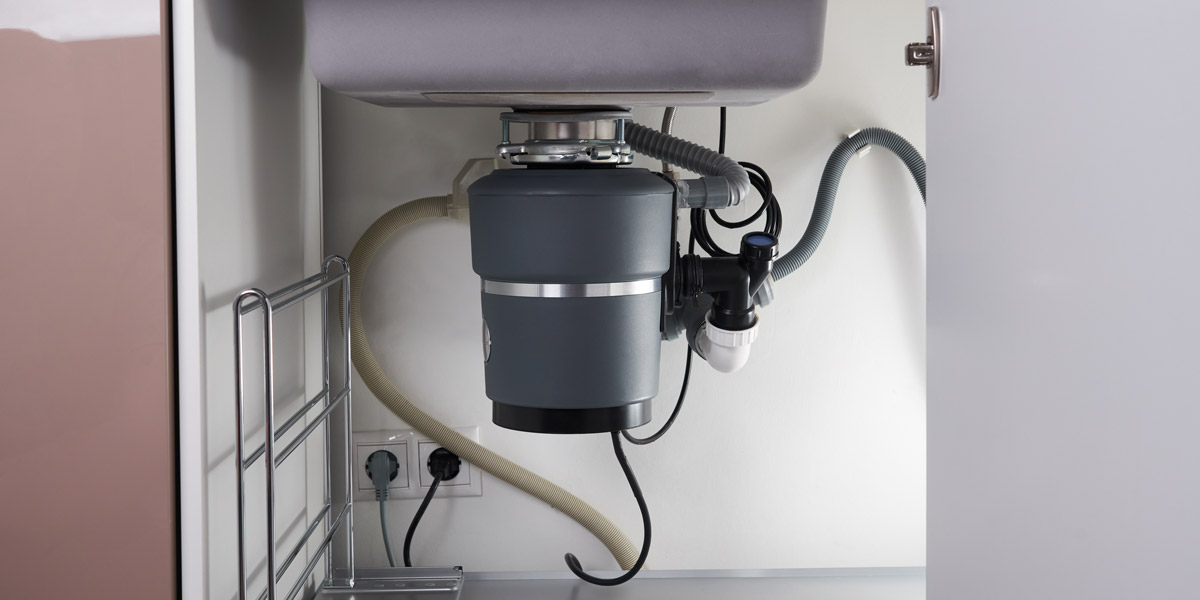
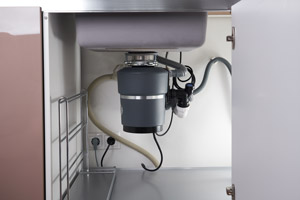 You rely on your drains every day to keep your plumbing working properly. But have you thought about the last time you gave them any attention? Don’t wait until you have a full-on drain clog. They can be messy and not to mention–smelly! Here are some ways to help determine if its time you have your drains cleaned by a D & F Plumber.
You rely on your drains every day to keep your plumbing working properly. But have you thought about the last time you gave them any attention? Don’t wait until you have a full-on drain clog. They can be messy and not to mention–smelly! Here are some ways to help determine if its time you have your drains cleaned by a D & F Plumber.